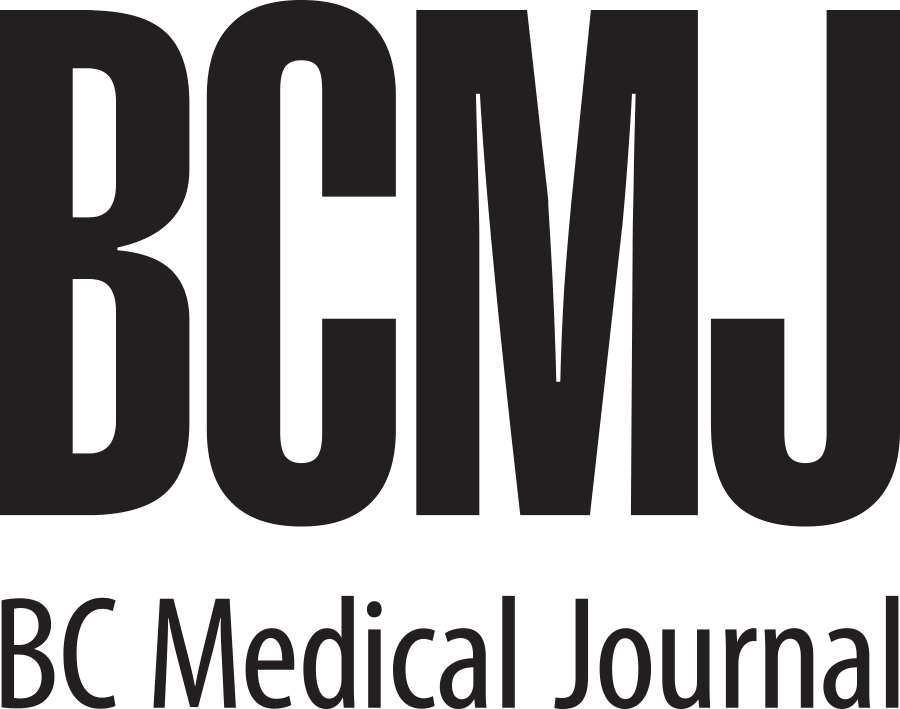Understanding herbal medicine and liver toxicity
I am concerned about a letter published in the Personal View section of the September 2017 issue [BCMJ 2017;59:348].
I am concerned about a letter published in the Personal View section of the September 2017 issue [BCMJ 2017;59:348]. The letter reports on two patients who suffered from acute liver failure that was “strongly felt” to be caused by commercially obtained herbal remedies. The authors assert that “Drug-induced liver injury from these products is not uncommon. In China, such injury from Chinese herbal medicine is estimated to be 25% of all reported cases (unpublished work from Dr Qi Xing-shun, General Hospital Shenyang Military District, 8 August 2017).”
That makes it sound like 25% of people who take Chinese herbs end up with liver damage. That’s incorrect. Assuming the 25% noted, but not published, by some doctor in China (not Canadian numbers) is correct, we still have no idea how many people that is. The statistic is meaningless.
Next, the authors state that they “strongly feel that regulation of these products, on either the federal or provincial level, needs to be consistent with that applied to the pharmaceutical industry” and that “the public needs to be made aware of the potential dangers of these products.”
Some people think that the world of natural health products is like the Wild West—anyone can sell anything with any claim. This is fully false. According to the Government of Canada website, all natural health products are required to have a natural product number (NPN), and in order to get that product licence, Health Canada needs to assess that the product is “safe, effective, and of high quality.”
Where did those two liver patients get their herbal products? That’s the question I would ask. Additionally, the warning is unnecessarily alarmist. If we look at the numbers, the risks are not greatest with natural remedies.
Specifically, when it comes to liver damage, Dr Michael Rieder, a pediatric clinical pharmacologist at Western University states that acetaminophen is the “most common cause of liver injury. Period. Full stop.”[1] Every year there are about 4500 hospitalizations in Canada caused by acetaminophen overdose, with approximately 700 of those accidental, according to Health Canada.[2]
Unfortunately, letters like this provoke physicians to close the door to natural remedies and proper discussion. Then some patients don’t tell their physicians about the supplements they are taking. My patients sometimes say that their doctors will shame them, scare them, and tell them they are wasting their money. Some patients have even told me they’re afraid that their doctors won’t even see them anymore.
We would all be better served by opening the discussion with each other and with our patients in a less provocative manner.
—Melissa Carr, DrTCM, BSc
Registered Doctor of Traditional Chinese Medicine
Vancouver
References
1. CBC News. Why acetaminophen is the “most common cause of liver injury” in Canada. Accessed 18 December 2017. www.cbc.ca/news/health/acetaminophen-toxicity-health-canada-1.3764672.
2. Government of Canada. Acetaminophen. Accessed 18 December 2017. www.canada.ca/en/health-canada/services/drugs-medical-devices/acetaminop....
hidden
Dr Carr is a registered Doctor of Traditional Chinese Medicine (TCM), in practice since 2001 and now working at two integrative clinics in Vancouver. She holds a BSc in human kinetics from the University of Guelph and did research at Ehime Medical University in Japan, which led to an article published in the European Journal of Pharmacology.
